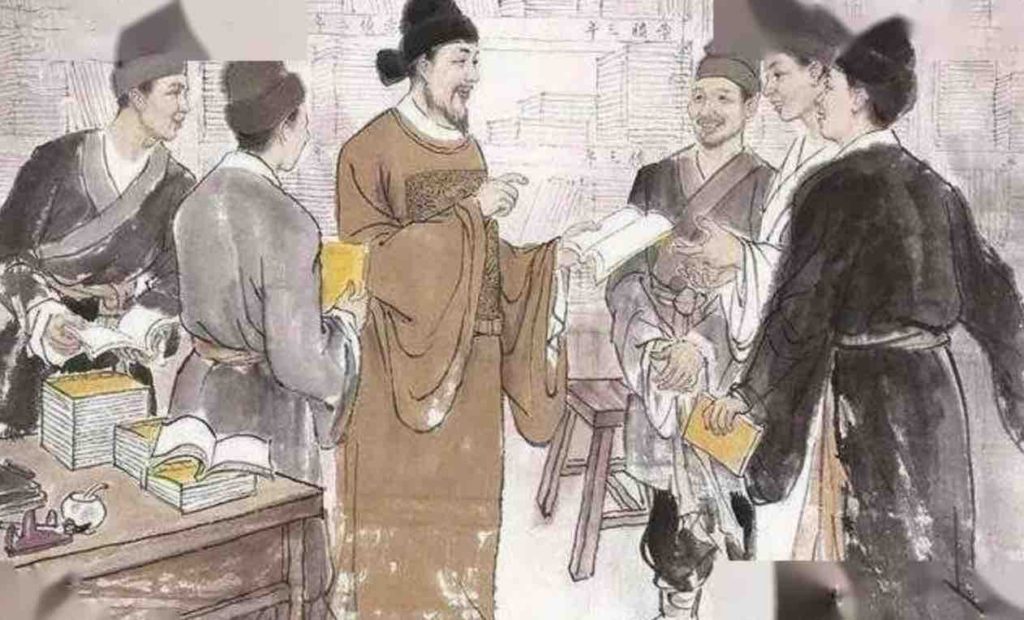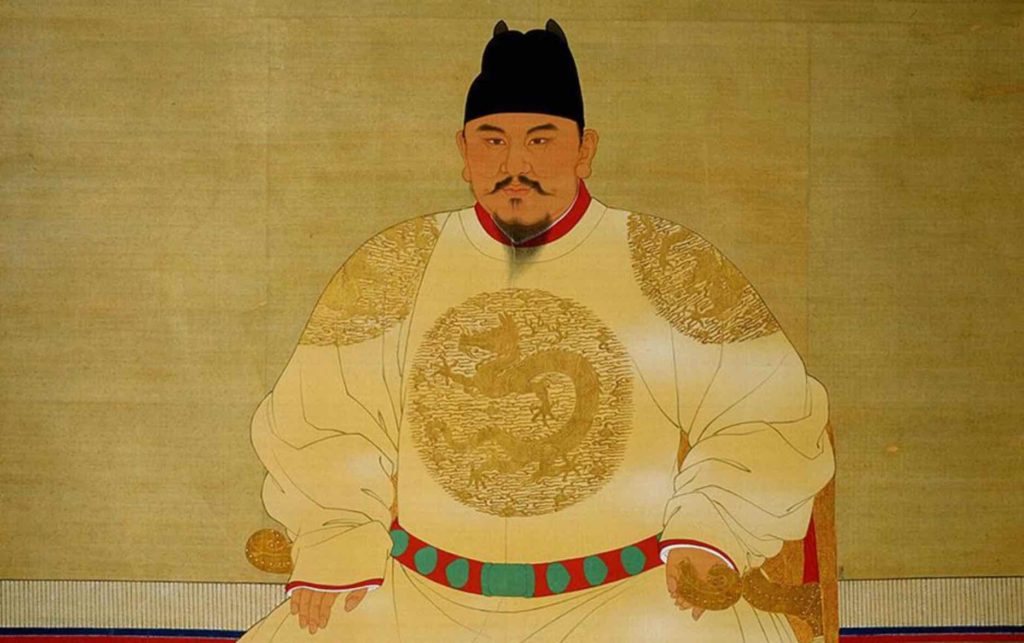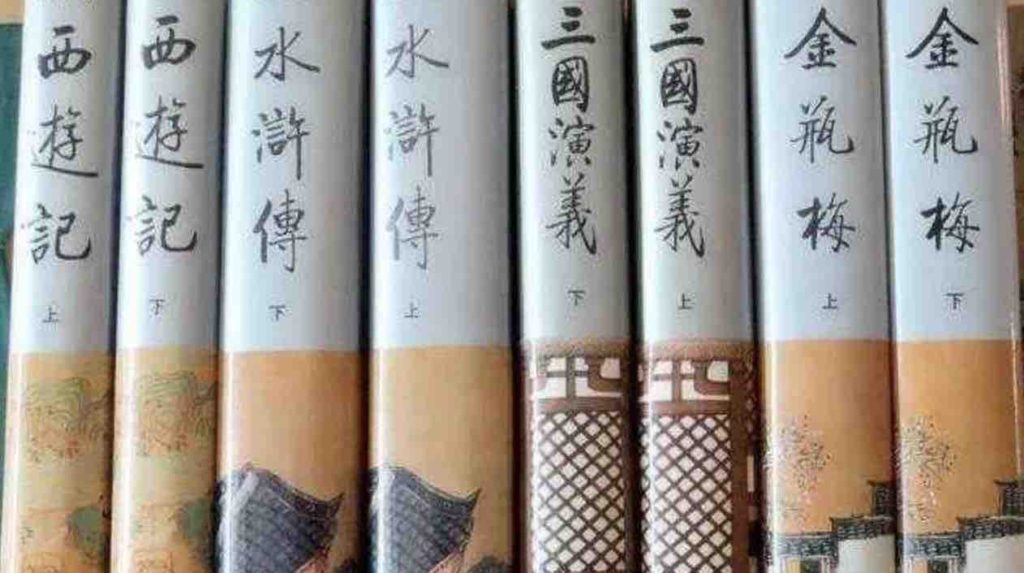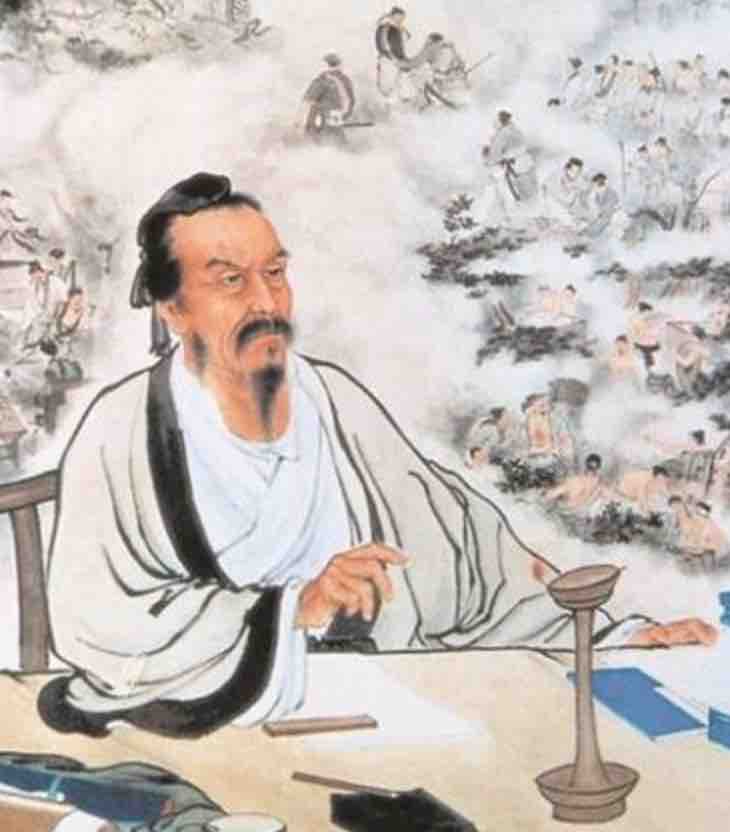
According to official Chinese historical records, the Ming Dynasty was the last regime of Han ethnicity in ancient Chinese history. After the collapse of the Ming in 1644, the Manchu established the Qing Dynasty and ruled China for 276 years.
Although the Ming Dynasty has fallen, much of its literature has been preserved and handed down to the present day. To date, the Ming Dynasty is a popular subject in the field of literary studies.
The sprouts of capitalism in China first appeared in the Ming Dynasty. The exact point in time is in the middle to late dynasty. The prosperity of the commodity economy led to the decline of traditional refined literature. However, popular literature entered a period of prosperity and development. Ming Dynasty literature is most famous for its novels.
With the exception of the novel, the literary achievements of the Ming Dynasty were very bleak. There was almost no excellence in the field of poetry. The themes of poetry were mainly romantic in their glorification and exaltation.
In fact, some outstanding ming literature was concentrated in the mid to late Ming Dynasty. After the establishment of the Ming, a brutal policy of oppression was implemented. As a result, literary prosperity was closely related to the political economy.
Obstacles to Ming Dynasty Literature
The dictatorship was the biggest obstacle to literary prosperity during the Ming Dynasty. Zhu Yuanzhang became emperor in Nanjing in 1368 after eliminating his main competitor. He then declared the Northern Expedition and eventually completed the unification of the country. As a dictator, he knew the importance of having absolute power.
During his term of office, he abolished the 1601-year-old prime minister system and centralized the emperor’s authority to a new peak. In order to consolidate his throne, he eliminated many of those who had helped him. In order to secure his throne, he took any measure.
Ming Dynasty literature ushered in a very dark period during the process of Zhu Yuanzhang’s centralization of power. Under the atmosphere of white terror, many literary figures did not dare to write. Even if they dared to create literary works, they did not dare to criticize reality or even openly criticize in their literary works.

In order to achieve all-round control in the field of culture, Zhu Yuanzhang adopted a policy of caging and high-handedness towards the literati. This was very similar to the carrot and stick policy. Any scholar deemed talented by the Ming court, the Ming Dynasty would take the initiative to extend invitations to these people to serve as officials. If they refused the invitation, they would be eliminated.
In such an atmosphere of terror, there were still those in the scholar-bureaucrat community who refused the invitation. Sadly, the end result for these brave scholar-bureaucrat was very tragic. From the 17th to the 29th year of Hongwu, Zhu Yuanzhang’s literary inquisitions made many people be afraid to create literary works.
Faced with the threat of the dictatorship, the literary enthusiasm of the Ming Dynasty was greatly dampened. However, with the rise to power of Emperor Jianwen, the atmosphere of white terror gradually faded away. And with the development of the citizens’ economy, the Ming literary creation ushered in spring.
Achievements of the Ming Dynasty Literature
In ancient China, the word novel first appeared in the book Zhuangzi. It explains the meaning and shows that the novel is an inferior literary genre. As a result, the novel has been despised for thousands of years. However, the literary status of the novel improved during the Ming Dynasty.
It is rare to find records of famous literary figures involved in the creation of novels before the Jiajing Emperor came to power. And this phenomenon had changed significantly after Jiajing came to power. Generally speaking, literati no longer despised novels as they did before, but slowly took them seriously and participated in their creation.
As more and more literary people participated in the creation of Ming Dynasty novels. The literary prosperity came as promised. The four most famous novels of the Ming Dynasty are Journey to the West, Romance of the Three Kingdoms, Water Margin, and Jin Ping Mei.

From left to right are Journey to the West, Water Margin, Romance of the Three Kingdoms, and Jin Ping Mei.
Journey to the West and Jin Ping Mei were born in the mid to late Ming Dynasty. During this period, capitalism had already sprouted. The creation of novels was in its heyday. The Romance of the Three Kingdoms and Water Margin were born in the early years of the Ming Dynasty. The enthusiasm for folk literature was still suppressed from the dynasty.
Journey to the West depicts the story of the monk Xuanzang who went through hardships and obstacles to finally reach India and obtain the scriptures. It is one of the finest works of Chinese mythological novels. The novel has the artistic characteristics of romanticism that can give rise to endless imagination.

Romance of the Three Kingdoms shows the struggle between Cao Cao, Liu Bei, and Sun Quan from 184 BC to 280 BC. Many famous heroes were created in this novel. The author shows the attitude of supporting Liu Bei against Cao Cao.
Water Margin explains the reasons for the revolt of the people in ancient China. The rebellion of the lower class people was forced out by the officials. After all, who would choose to become a beggar if everyone could have enough to eat? The most important significance of this novel is that it exposes the sins committed by the feudal dynasty against people.
Jin Ping Mei is the first novel in Chinese history to be written by a scholar alone. Mr. Wu Han, a famous expert on Ming history, once described this novel as a social history of the late Ming Dynasty. It has important reference value for future generations to understand the life of ordinary people in the Ming Dynasty.
In Conclusion
Whenever Chinese people talk about the Tang Dynasty, their first impression is that it was particularly famous for its poetry. Similarly, people always establish a strong connection between the novel and the Ming Dynasty.
In fact, the achievements of novels during the Ming and Qing Dynasties reached the pinnacle level of ancient China. In addition to novels like Jin Ping Mei that were passed down, more excellent works were preserved intact, which provided future generations with a large number of references.




